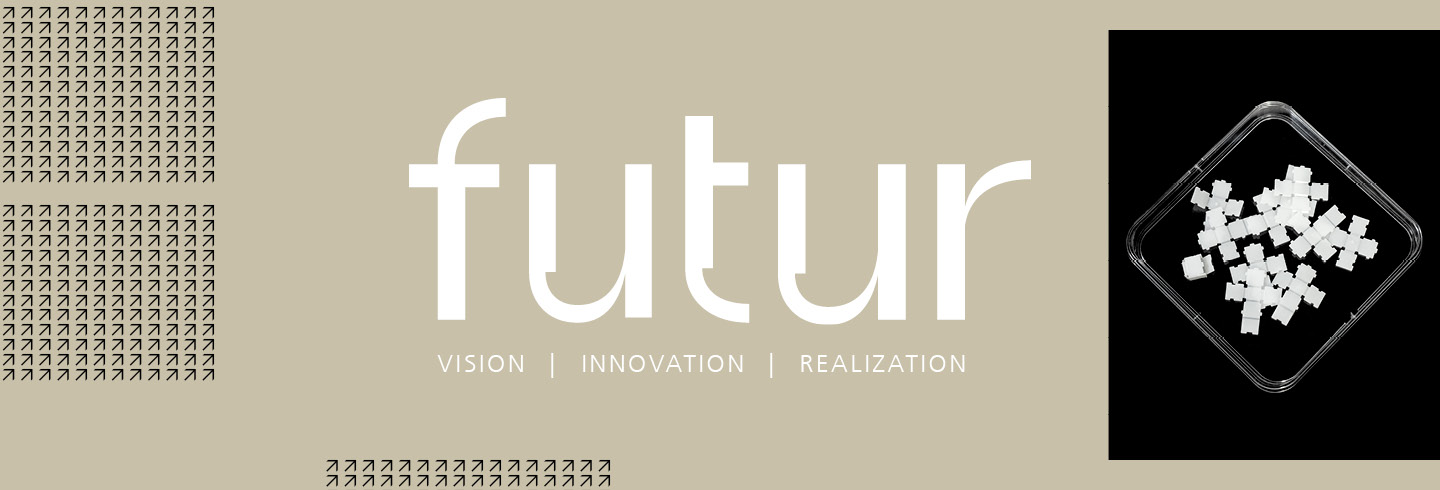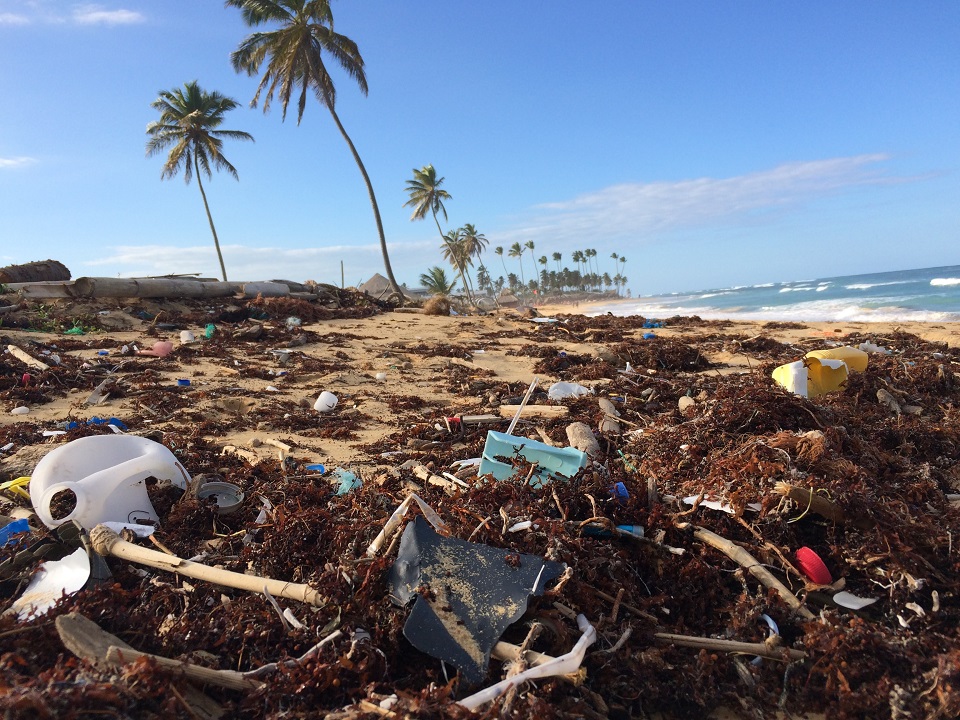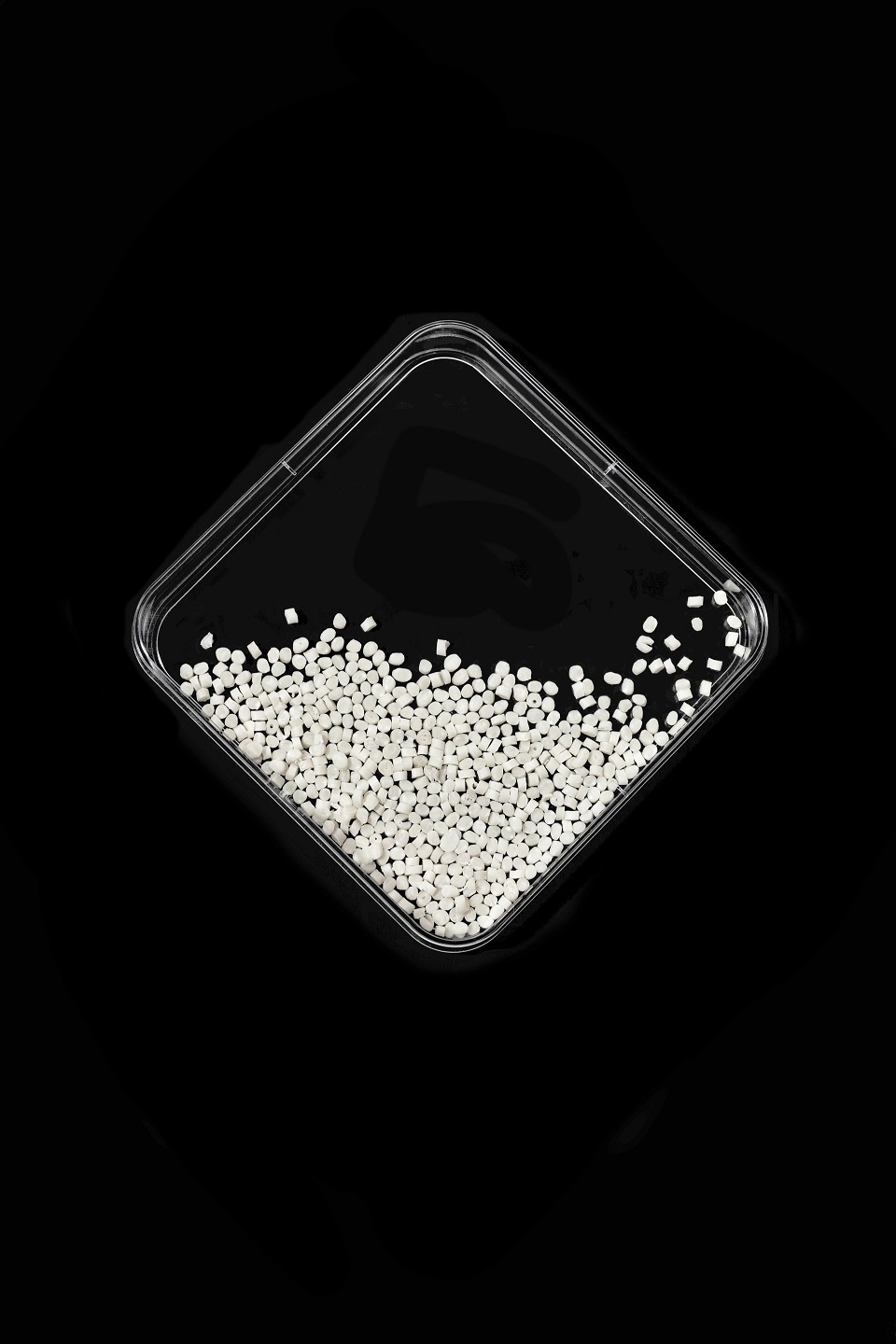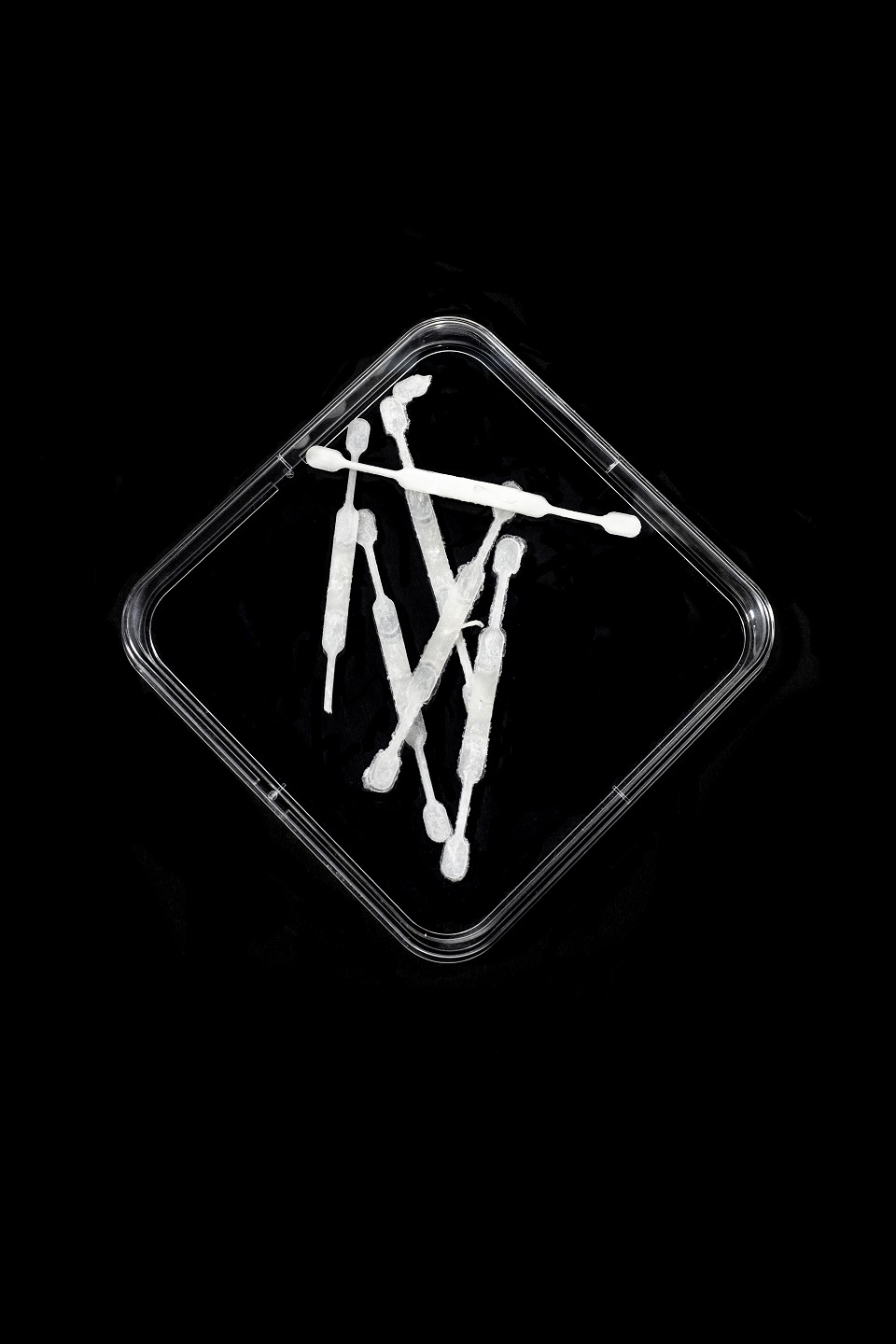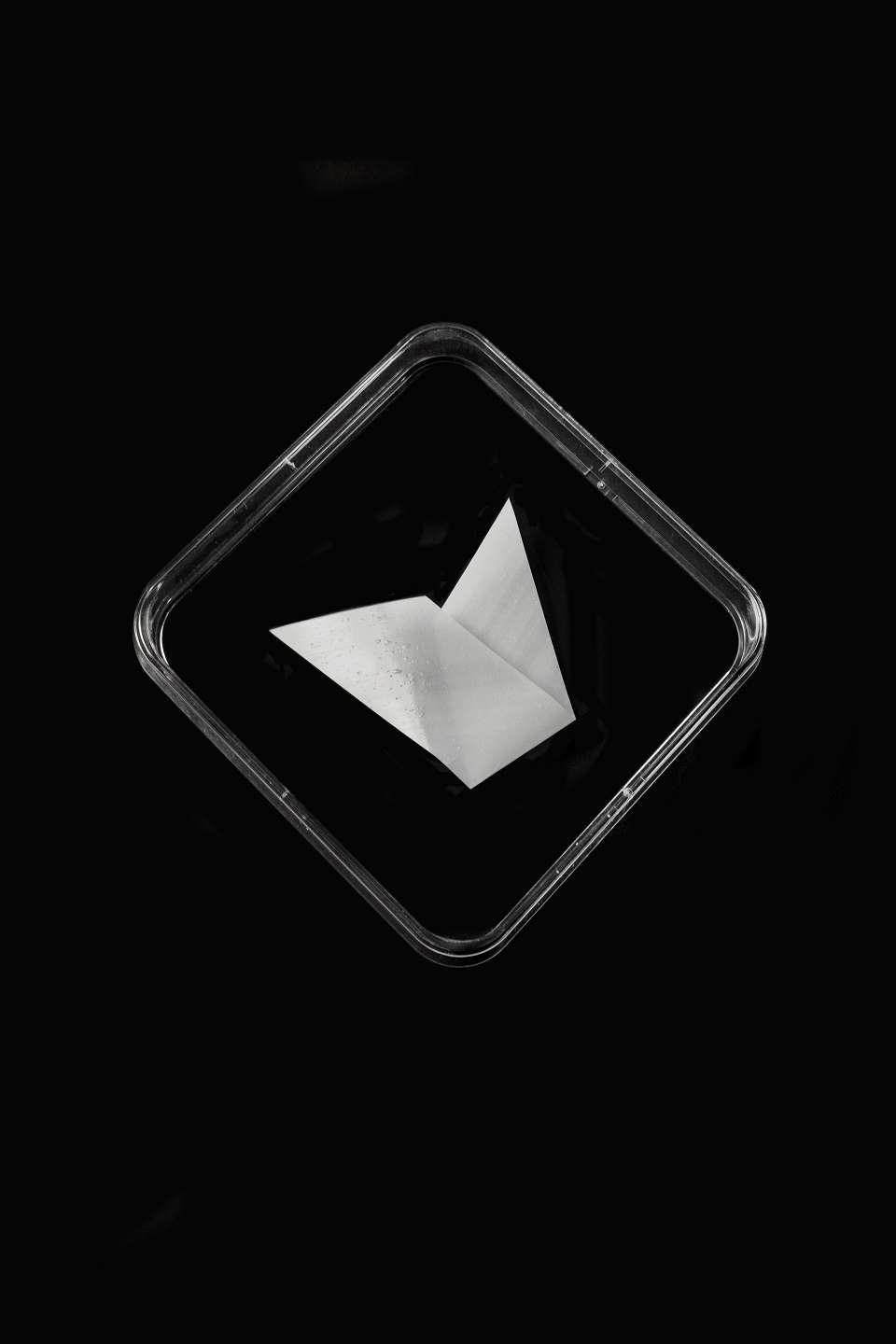Making Plastic from Waste
Crude oil pumped from the earth is turned into plastic in a process involving toxic chemicals. The plastic is used to manufacture a bottle, which is used once and then thrown away. Months later, it ends up in the sea, to be carried by currents to join the Great Pacific Garbage Patch. There, it may languish for the next few hundred years, until finally it is ground down by the action of the waves – provided that we do not find a way of removing such debris from the ocean.
This is the typical life cycle of a disposable plastic bottle. Plastics have now become an integral part of our lives. They are used not just in packaging and a huge range of consumer goods, but are also essential for industrial applications such as vehicle manufacturing and medical technology.
Plastics from fossil resources can only be reused and recycled to a very limited extent. They take a very long time to degrade and they permanently pollute the environment. Their downside is evident for all to see.
There is an urgent need for global strategies to deal with the plastics used all over the world and polluting all the world's seas and oceans. More and more governments are turning to bans in an effort to deal with mounting plastic garbage. So far, there has been no way of replacing the use of fossil-based plastics on a large scale – but as the proverb goes, necessity is the mother of invention.
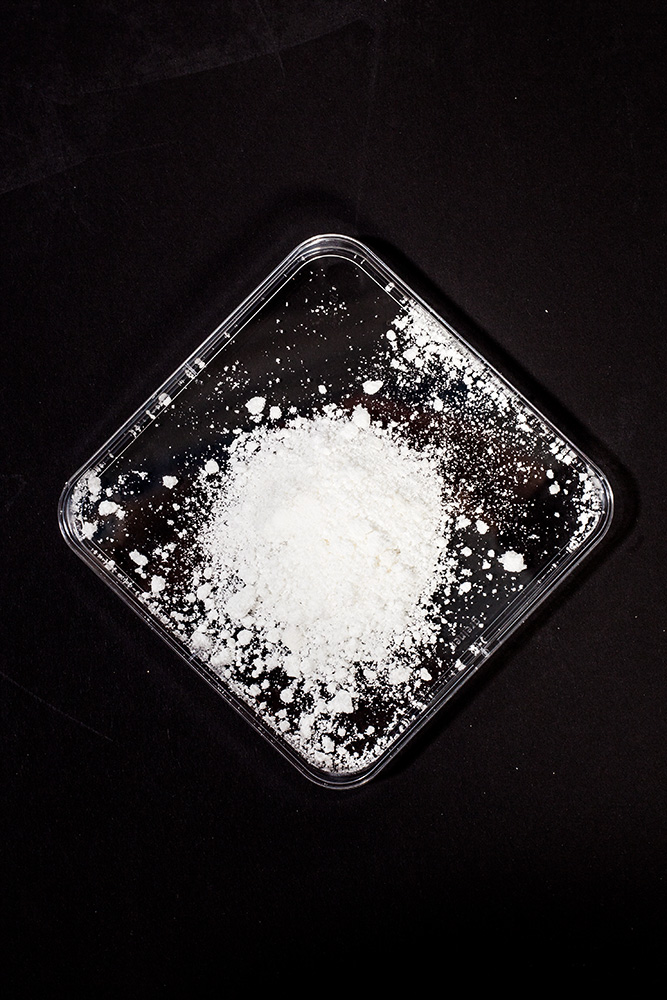
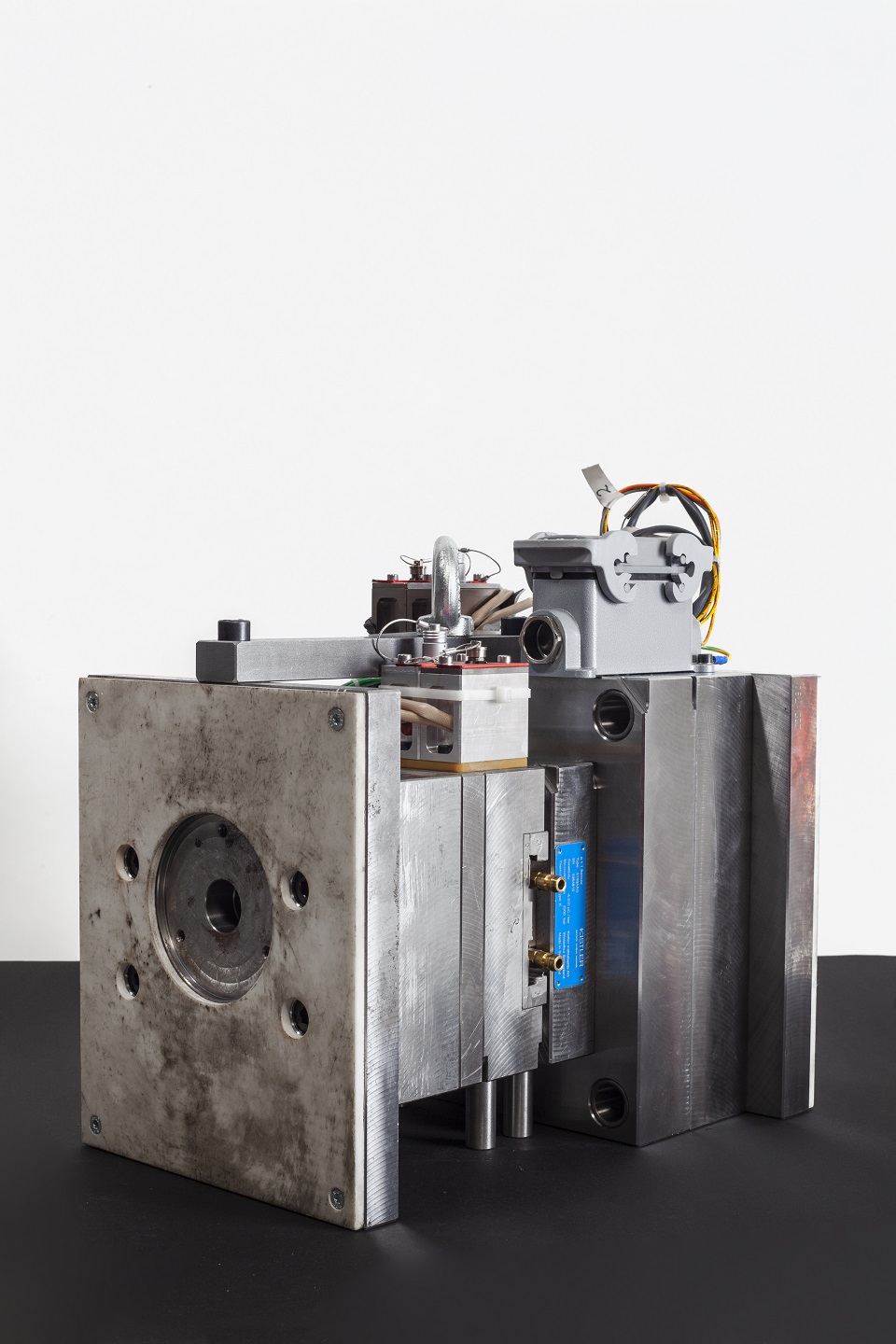
The Federal Ministry for Education and Research (BMBF) has now launched the »Bioökonomie International« (Bioeconomy International) research initiative in close cooperation with Fraunhofer IPK, the department of bioprocess technology of the Technical University of Berlin, regional industrial partners and international research partners from Malaysia, Columbia and the USA. Its scientists have developed a method of manufacturing polymers without using high-quality substances like mineral oil, palm oil and rapeseed oil, whose production is highly damaging to the environment.
In this new process, the plastic polyhydroxybutyrate (PHB) is produced from industrial residues such as waste fats containing a high proportion of mineral residue. In special fermentation processes, microorganisms can metabolize these residues and store the PHB as an energy reservoir in the cell. Once the plastic has been dissolved from the cell, it is still not ready for industrial use, because the hardening process takes far too long. The raw material has to be mixed with chemical additives in special post-production stages. The outcome is a plastic exhibiting similar characteristics to those of polypropylene (PP). Yet unlike PP, this plastic is completely biodegradable within a period of six to twelve months.
In this kind of plastics production, microorganisms completely synthesize the polymer in a biotechnical process that changes biogenic residue (such as waste fats) into technically usable polyester and uses molecular-genetically modified microorganisms as biocatalysts. In this way, using chemical cleaning processes and extensive material optimization, a novel family of materials has been developed that can meet the quality demands of technical plastics.
Not only is this new method completely non-reliant on petroleum-based synthesis components, it also enables environmentally-friendly recycling. The newly developed plastics are degraded by naturally occurring microorganisms and are no longer dependent on the specific decomposition conditions of industrial composting facilities. This means that single-use items can be both produced and disposed of in an environmentally-friendly manner.
Not only that: High-quality plastic components for certain technical applications and periods of use can also be manufactured in this way. Such products must obviously meet special high-quality specifications. They need to show special geometric tolerances and surface qualities, and they must be reproducible to a high standard of precision. To meet such demands, scientists have developed highly specialized replication processes. By adapting the plasticization and processing parameters, for instance, the research team has succeeded in modifying recrystallization time to match industrial requirements for processing time.
 Fraunhofer Institute for Production Systems and Design Technology
Fraunhofer Institute for Production Systems and Design Technology